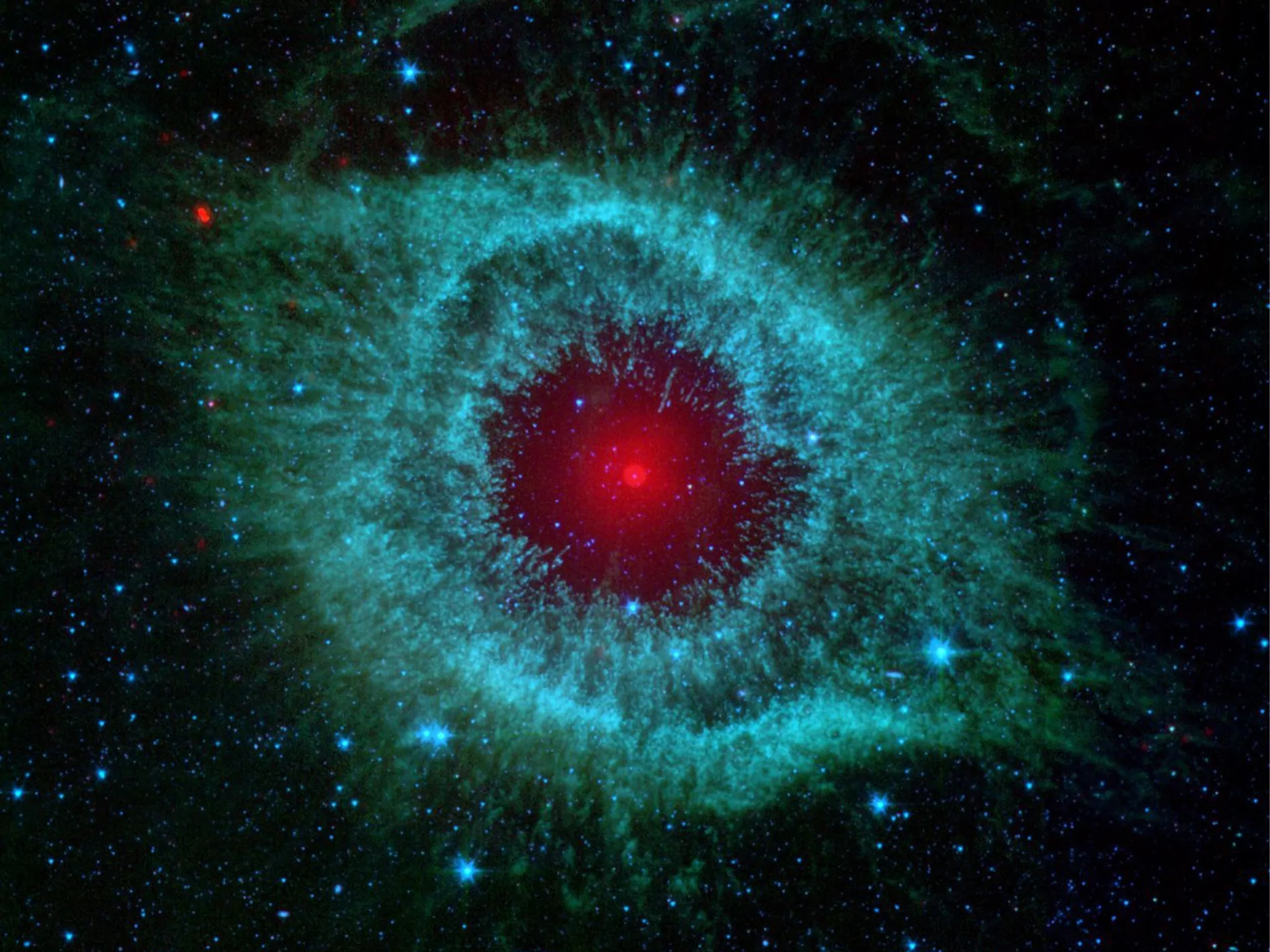Observations of 67 ancient quasars allowed astronomers to determine the end time of the process of reionization of neutral intergalactic hydrogen gas formed as a result of the Big Bang.
It turned out that it lasted about 200 million longer than previously thought, and ended 1.1 billion years after the origin of the universe!
From its beginning to its current state, the universe has gone through various phases. During the first 380 thousand years after the Big Bang, it was filled with hot and dense ionized plasma. At the end of this period, the universe cooled down enough that protons and electrons began to combine into neutral hydrogen atoms. For the most part, there were no visible light sources in these «dark ages».
After another 100 million years, the first stars and galaxies began to form, whose ultraviolet radiation subsequently ionized the gas filling the universe again. This era is known as the «cosmic dawn». Today, all the hydrogen distributed between the galaxies is completely ionized, however, when this process was completed, a widely discussed topic in recent years.
